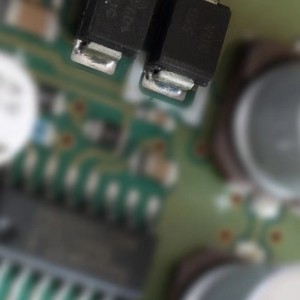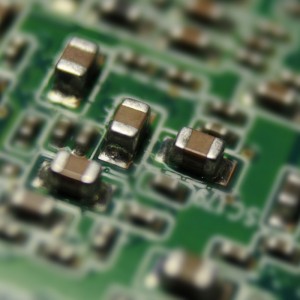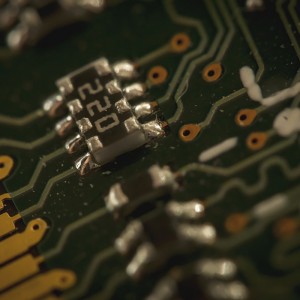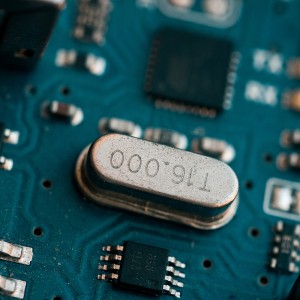High Speed Switching Diodes and High Voltage Switching Diodes Sourcing
About This Item
A diode is a two-terminal electronic component that conducts current primarily in one direction (asymmetric conductance); it has low (ideally zero) resistance in one direction, and high (ideally infinite) resistance in the other.
A diode vacuum tube or thermionic diode is a vacuum tube with two electrodes, a heated cathode and a plate, in which electrons can flow in only one direction, from cathode to plate.
A semiconductor diode, the most commonly used type today, is a crystalline piece of semiconductor material with a p–n junction connected to two electrical terminals.[4] Semiconductor diodes were the first semiconductor electronic devices. The discovery of asymmetric electrical conduction across the contact between a crystalline mineral and a metal was made by German physicist Ferdinand Braun in 1874. Today, most diodes are made of silicon, but other semiconducting materials such as gallium arsenide and germanium are also used.[5]
Among many uses, diodes are found in rectifiers to convert AC power to DC, demodulation in radio receivers, and can even be used as temperature sensors. A common variant of a diode is a light emitting diode, which is used as electric lighting and status indicators on electronic devices. Diodes may be combined with other components to form logic gates.
he most common function of a diode is to allow an electric current to pass in one direction (called the diode's forward direction), while blocking it in the opposite direction (the reverse direction). As such, the diode can be viewed as an electronic version of a check valve. This unidirectional behavior is called rectification and is used to convert alternating current (ac) to direct current (dc). As rectifiers, diodes can be used for such tasks as extracting modulation from radio signals in radio receivers.
However, diodes can have more complicated behavior than this simple on–off action, because of their nonlinear current-voltage characteristics.[6] For instance, a diode's forward-direction voltage drop varies only a little with the current, and is more so a function of temperature; this effect can be used as a temperature sensor or as a voltage reference. And its high resistance to current flowing in the reverse direction suddenly drops to a low resistance when the reverse voltage across the diode reaches a value called the breakdown voltage. Semiconductor diodes in the forward direction also need to surpass a threshold voltage, or cut-in voltage, before being able to conduct electricity.
A semiconductor diode's current–voltage characteristic can be tailored by selecting the semiconductor materials and the doping impurities introduced into the materials during manufacture.[6] These techniques are used to create special-purpose diodes that perform many different functions.[6] For example, diodes are used to regulate voltage (Zener diodes), to protect circuits from high voltage surges (avalanche diodes), to electronically tune radio and TV receivers (varactor diodes), to generate radio-frequency oscillations (tunnel diodes, Gunn diodes, IMPATT diodes), and to produce light (light-emitting diodes). Tunnel, Gunn and IMPATT diodes exhibit negative resistance, which is useful in microwave and switching circuits.
Diodes, both vacuum and semiconductor, can be used as shot-noise generators.







